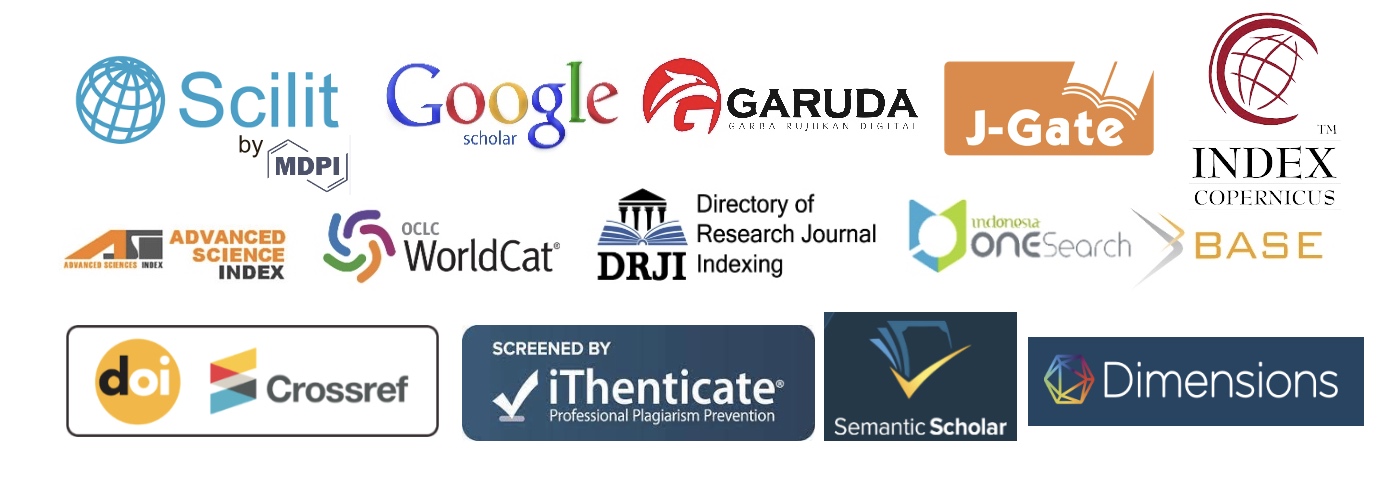The Larvae Project Application as a Digital Image for monitoring the Larvae Free Index in DHF endemic areas in Tebing Tinggi city
DOI:
https://doi.org/10.35842/icostec.v2i1.43Keywords:
density of larvae, digital image, potential riskAbstract
The number of dengue cases in Tebing Tinggi, North Sumatra province has fluctuated. The number of DHF cases in 2021 was 87 cases, then it was increase in 2022 to 175 cases. This number is still relatively high considering that the indicator for DHF morbidity is 20/100,000 population. Efforts to control the DHF vector have been carried out but have not been maximal in reducing cases. One House One The Larvae Observer Movement as the effort to optimizing Mosquito Nest Eradication (MNE) and 3M Plus in the Community has been carried out but determining the larvae free index (LFI) and larval density using a house survey requires time and The Larvae Observer's accuracy in seeing the type and presence of mosquitoes. Utilization of technology with digital images can address this imbalance in The Larvae Observer's tasks. LFI data can be directly reported along with a map of the location of the house with positive larvae so that time is more efficient and the presentation of information is more accurate. This study aims to determine the zoning of potential DHF areas using digital images technology in monitoring the presence of larvae. This type of research was an analytic survey with a cross-sectional design. The population of this study were all houses located in endemic areas, a sample of 500 houses representing 5 districts was taken by purposive sampling. Data collection uses the kobotoolbox which contains questions about the condition of the house, TPA and its type. Larvae application with digital image to identify the presence of larvae and map positive larvae houses. Spatial analysis was used to map the zoning for the presence of Aedes aegypti larvae and larvae free index (LFI), HI, CI and BI. The results showed that the maps of 5 sub-districts representing 5 sub-districts in the city of Tebing Tinggi, all of them have potential risks because LFI <95%, HI 13-35%, Ci 6.5 -13.4%, BI 20-50%, LFI 65-87% .


